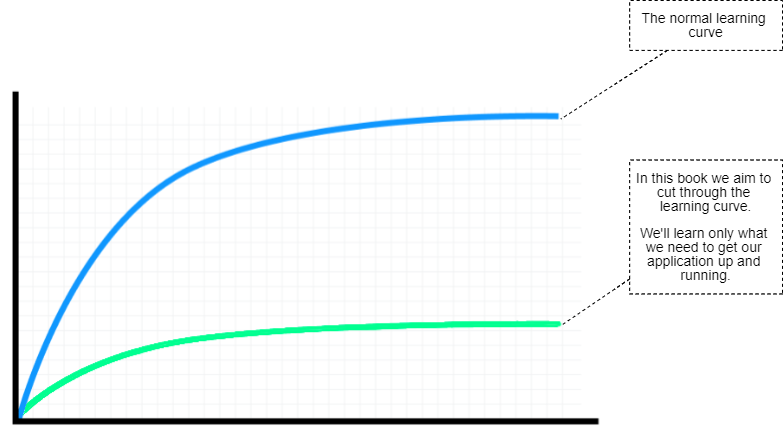
Microservices are tough to learn.
Not only do you have to learn deep and complicated tools. You must also learn to build a distributed application. This requires new design patterns, protocols and methods of communication. That’s a lot to learn!
The learning curve we must endure can seem insurmountable if you tackle it by yourself, but instead, we’ll take on this development adventure together. 

We’ll start as simple as possible and piece-by-piece we’ll build up to deploying our application to production. This book is about cutting through the learning curve and bootstrapping a working application that we can continuously update and build on in the future.
Anyone can learn how to build with microservices from my book Bootstrapping Microservices.
This is a practical, project-oriented and step-by-step guide to building microservices with #Docker, #Kubernetes and #Terraform.
bit.ly/2o0aDsP"
This is a practical, project-oriented and step-by-step guide to building microservices with #Docker, #Kubernetes and #Terraform.
bit.ly/2o0aDsP"

• • •
Missing some Tweet in this thread? You can try to
force a refresh







